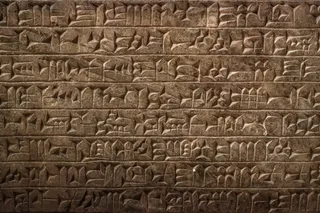I've spent the last few days at the Geological Society of America Annual Meeting in Seattle. What I've learned is that geology has definitely left the planet and there are some great questions and locations for studying geologic problems on other planets in our solar system. This got me thinking about some of my favorite geologic sites in the solar system. Some of them are like features on Earth, others are like terrestrial deposits on steroids and others are like nothing we can find on our home planet. So, here is a top 10 of cool geologic features across the solar system (in no particular order). By no means is this exhaustive, but it is at least a taste of the amazing geology off the Earth. The seas of Titan:Cassini's visit to Saturn recently met its fiery demise, but one of the most important aspects of that mission was the ...
Where is the Most Fascinating Geology in the Solar System?
Discover fascinating geological features across the solar system, from methane seas of Titan to volcanoes of Mars. Explore now!
More on Discover
Stay Curious
SubscribeTo The Magazine
Save up to 40% off the cover price when you subscribe to Discover magazine.
Subscribe












